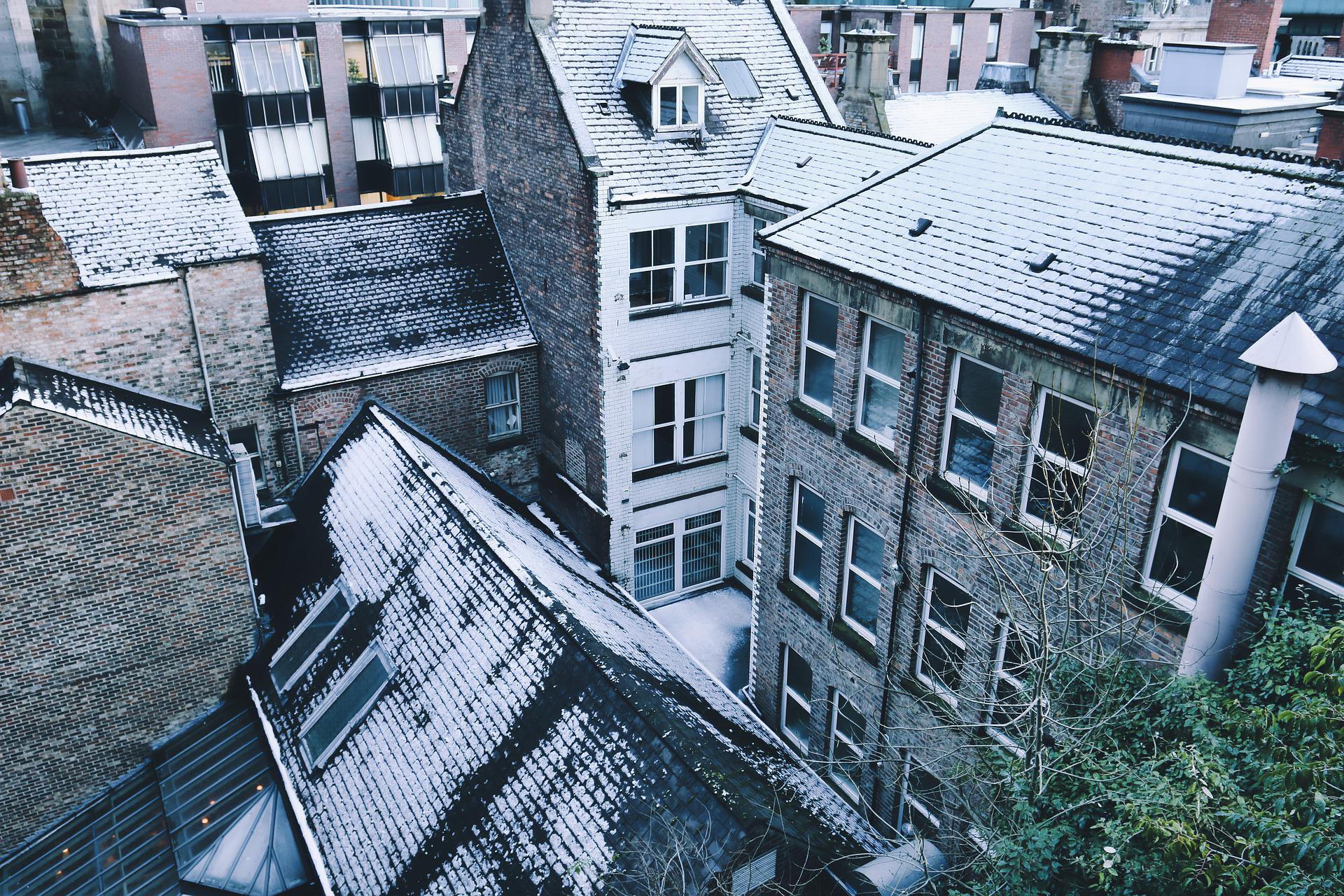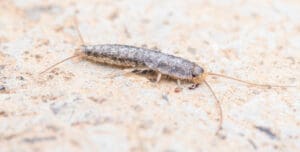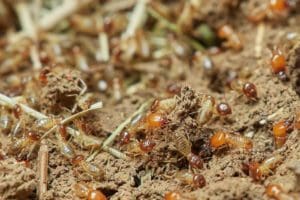

Winter pest control may sound like a made up topic because, let’s be honest, how many bugs do you really see outside during the winter? We assure you, though, pest control is as vital during the winter as it is the rest of the year. Read on to learn why it is so important as well as which winter pests to look out for.


Is winter pest control necessary?
It may seem that New Jersey winters are just too cold for any pest to survive, but unfortunately that is not entirely true. While some generations of pests do die, most look for a warm place to overwinter. Oftentimes, these pests end up in our homes and businesses, and if they are not dealt with, they could lead to a winter invasion. If the eggs these pests lay are not eliminated, they could lead to a spring infestation when they hatch. In addition to temperature, winter also brings a number of environmental factors that can increase the likelihood of infestations. Winter storms lead to wear and tear on buildings in the form of water damage, cracks in the walls and foundation, and loose shingles to name a few. These new gaps are perfect entryways for pests. Of course, they won’t need a gap to enter if they are brought in on firewood. Plus, outdoor firewood piles and those leaf piles left over from the fall are great places for pests to hide; once they find the firewood and leaf piles it is usually not long before they find the nearby home or business. Winter pest control is vital to prevent the vermin that are hoping to take advantage of your property’s warmth.How often should pest control treatments happen?
As a general rule, properties should receive a preventative treatment at the start of each new season. Properties with higher risk of infestations may need monthly or bi-monthly treatments. If a property already has an infestation, monthly treatments are recommended for around 3 to 6 months, or until the pests are eradicated. Frequency of treatments can be adjusted as your property’s needs change. Every property is different and will require a unique treatment schedule dependent on its risk of infestations. Everything from location, to property type, to building materials contributes to a property’s risk of infestation. For instance, a log cabin in the woods will probably need more frequent treatments than a brick suburban home. The more bugs there are outside during the spring and summer, the more there will be inside when the cold weather arrives.
Winter Pests
Rodents can enter buildings through surprisingly small cracks- some as small as ¼ inch! They are active throughout the winter, which is bad news for home and business owners since their daily activities generally consist of forging for food in pantries, building nests, and chewing just about anything that is soft enough (including electrical wires). Such activities lead to huge amounts of damage as well as certain risks like electrical fires and disease transmission. Rodents also tend to have fleas and ticks, which they may transfer to pets. Spiders can be a nuisance year-round, but their indoor populations tend to grow when the weather cools down. Spiders enter buildings in search of warmth and food. Many of the other pests that seek warmth in homes and businesses are prey to spiders, so a spider or two may actually help keep other bug populations under control somewhat. The real problem comes when a spider lays egg sacs indoors, since spider egg sacs can contain thousands of babies. Spiders try to keep to themselves when it comes to humans, but if they are hiding in stored holiday decorations they may present a shock when the boxes are opened. A spider that feels threatened may bite. Any spider bite hurts, but some species are poisonous and their bites could require medical attention. Cockroaches cannot survive in temperatures below 15 degrees Fahrenheit, despite their indestructible reputation. In fact, they prefer temperatures between 70 and 90 degrees Fahrenheit, so once outdoor temperatures start getting chilly, cockroaches start looking for a place to overwinter. Besides the numerous bacteria, viruses, and parasites that cockroaches can carry, they have also been known to trigger allergic and asthmatic reactions. Termites and Carpenter Ants that have already found a building to nest in during the spring will continue their activity through the winter. Those whose nest is outdoors may migrate into a building for survival, leading to new or worse infestations. To make matters worse, the water damage caused by winter storms and snow accumulation is very attractive to termites and carpenter ants. Because of this, many properties become more susceptible to infestations during the winter. These wood chewing pests are a major problem any time of year because of the structural damage they cause, which can be both hazardous and extremely costly. Wild animals of all kinds are looking for warmth and food as much as any other pest. Racoons and opossums are common culprits. Such animals may hide out under porches or in attics, basements, and sheds. They can cause damage by chewing and scratching, spread diseases, bring fleas and ticks to pets, and may attack humans and pets if they feel threatened. Nuisance Pests like ladybugs, stink bugs, silverfish, earwigs, Asian lady beetles, and box elders commonly invade during the winter. Nuisance pests are not generally very hazardous, but they can cause minor damage like discolored stains on surfaces and fabrics, damaged paper products, mildewy odors, and more. Some, like stink bugs, can also be dangerous when ingested by pets.






